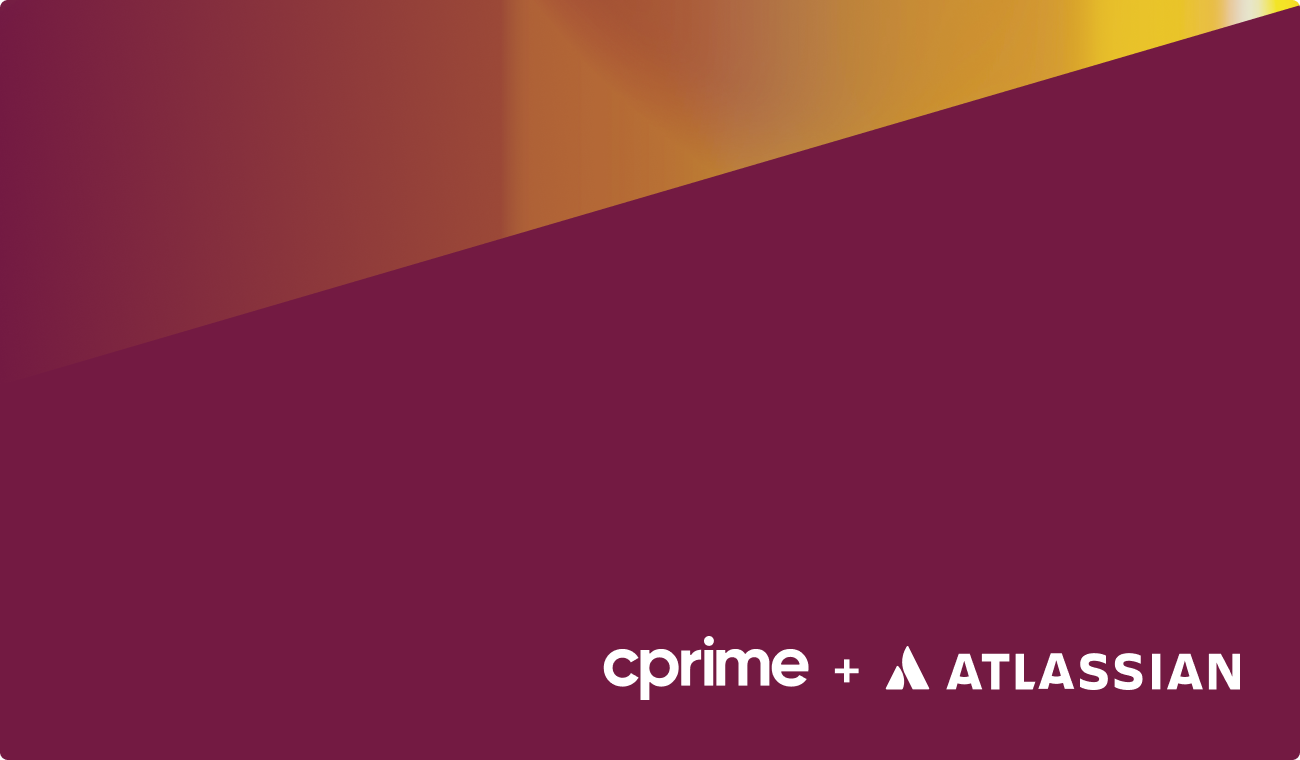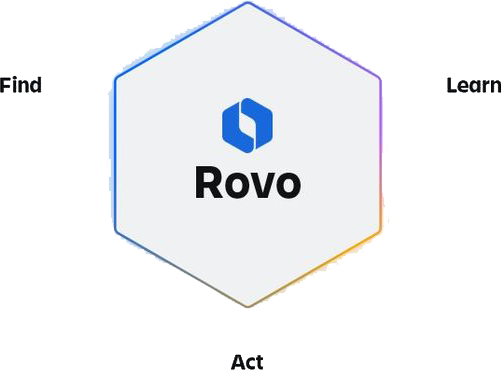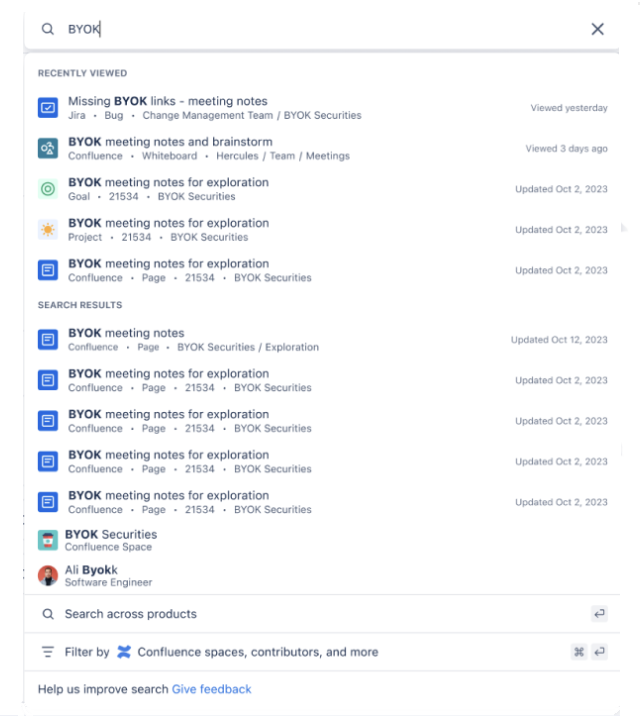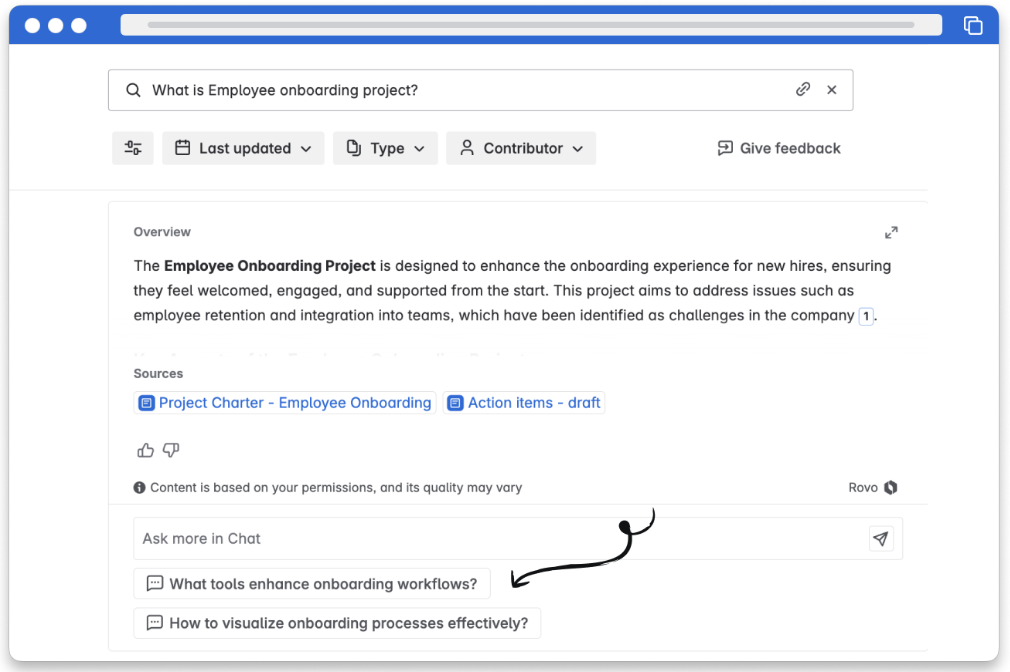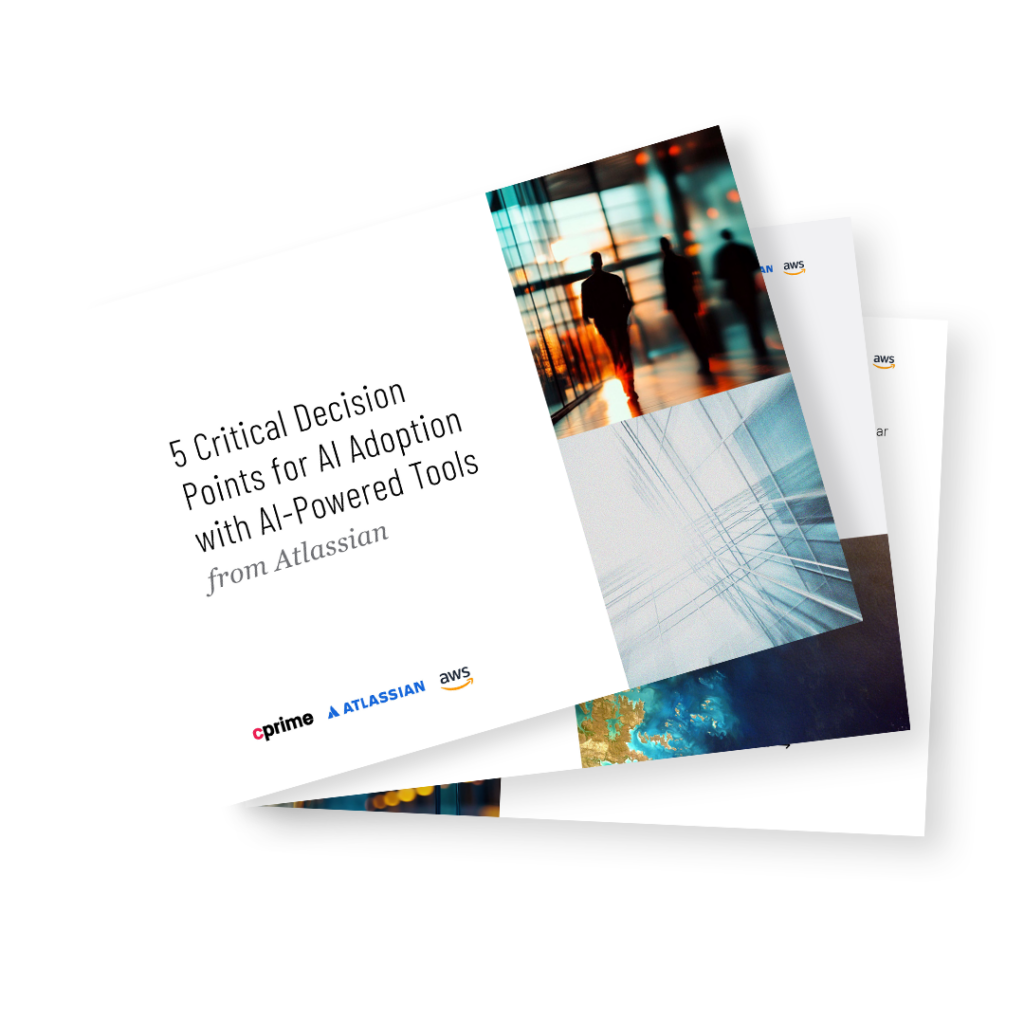
According to a recent global survey conducted by the International Data Corporation (IDC), 70% of organizations have implemented GenAI, upgraded apps, or embedded GenAI capabilities already in 2025.
However, despite this unprecedented adoption of AI capabilities, organizations are still grappling with how to ensure their governance models keep pace. As the co-author of the book “Govern Agility,” I am afforded the opportunity to talk with many of the leaders of these organizations all over the world. Through these opportunities, I see leaders and organizations confronting the challenge daily: where traditional, top-down governance is too rigid for the fluid nature of AI, creating significant risk management and people challenges as well as hindering innovation.
The reality is that their organization’s traditional governance models are ill-suited for the speed of AI. They were designed for static environments, with rules expected to remain stable for years. In modern digital-native environments, these methods already fail to keep pace, often negating or hindering the speed they were meant to support.
AI-native environments, as living and learning ecosystems, amplify these already existing governance complexities. Applying rigid constraints to these ever-changing systems will fail. Inevitably, those that work in the system will find ways for it to be bypassed, lip-serviced, or forced into irrelevance in order to enable the new capabilities to deliver their projected value.
The question I pose when speaking with leaders is this: How do we establish modern adaptive governance that ensures compliance yet is nimble enough for AI’s rapid innovation?
I believe the answer lies in embracing adaptability. Passively awaiting perfect legislation to be developed is not only impractical but deeply irresponsible. The existing regulatory gap is already a chasm, leading to missed opportunities for beneficial AI, ambiguous standards, failures to safeguard individual rights, and failures to ensure inclusive progress. This inherently creates unacceptable levels of organizational risk.
“Modern Adaptive Governance”: The New Paradigm
Modern adaptive governance offers a powerful approach that is designed for dynamic systems that utilize agility and innovation and enable flow while upholding ethical standards, appropriate risk levels, and stakeholder trust. This kind of approach moves beyond traditional rules and hierarchies while acknowledging that effective governance within the AI-native environment necessitates resilience and adaptability.
Four Fundamental Tenets
This, in practicality, translates into a set of four fundamental tenets. The first of these being “Adaptive by Design.” Instead of rigid regulations, adaptive design establishes guardrails and guiderails that form your actual governance and can evolve as AI technologies mature and societal expectations shift.
As any design or adaptation is undertaken, the second tenet, “Principle-Based, Not Just Rule-Based,” becomes essential. It’s used to ensure that ethical principles, such as fairness, transparency, accountability, and privacy, form a guiding compass for AI development, deployment, and use. This allows for flexible interpretation in diverse contexts while complementing necessary specific regulations.
The objective of modern adaptive governance is to enable the anticipation of potential risks and opportunities rather than reacting to problems and opportunities after they emerge. The evolving and learning ecosystems that are created by the introduction of AI only serve to amplify this need. The third of the tenets “Proactive and Forward-Looking” ensures that a cadence of ongoing oversight, periodic risk evaluations, and incremental policy modifications in order to adapt to changing circumstances is established and maintained.
That leaves the last of the four tenets, “Collaborative and Inclusive,” which in itself seems straightforward; however, it’s often the one that either has the least time afforded or is lost in the milieu of processes. Effective modern adaptive governance necessitates input from a diverse range of stakeholders, encompassing technologists, ethicists, legal experts, policymakers, and even the public. This collaborative approach cultivates trust and ensures that governance methods reflect a broad spectrum of perspectives.
Adapt and Enable Flow
The other fundamental objective of modern adaptive governance is to “adapt and enable flow” whilst still ensuring compliance with regulatory, security, and legislative requirements. As AI is further embedded into how organizations operate, this will extend to how those capabilities are developed, deployed, and used while minimizing any undue friction or impediments. This means transforming governance from a perceived impediment itself into an integral enabler of flow is integral to the success of AI.
To achieve this, applying these five lenses to your governance design, alongside the four foundational tenets previously outlined, is key:
Clear Guardrails and Guiderails
The establishment of “Clear Guardrails and Guiderails” is the first of those lenses. Many organizations either establish or further build out what they believe to be guardrails that will control or enforce their governing policies in respect of AI. This is not to say that they are not necessary; however, when they are used as the sole method of constraining situations, the resulting effect is bottlenecks. Guardrails, however, provide an opportunity to create flow, enable innovation, and ensure when the guardrails are brought to bear, they are truly required.
Lets look at guardrails, they define the non-negotiable boundaries for AI development, deployment, and use. They ensure compliance with regulations, legislation, ethics, and safety considerations, as well as the organization’s risk appetite. These are the hard stops that prevent catastrophic outcomes for the organization. When guardrails are designed, each must be rigorously challenged: Are they truly required? Do they truly need to be a guardrail? Can they be mitigated to enable flow, using appropriate guides that ensure human intervention or rule-based decision-making that invokes the guardrails?
In terms of guiderails, they provide direction, recommendations, and escalation points. Much like the lane assistance systems in cars, they keep you on course and within the safe boundaries. They are designed to mitigate potential risks and enable continuous flow by guiding. At specific points, human intervention or rule-based decisions are invoked to ensure operations remain within the prescribed guardrails. This proactive guidance enables flow and innovation while ensuring it remains within the risk appetite of the organization’s prescribed guardrails.
Creating AI-Specific Governance Scaffolding
The second of the lenses, “Creating AI-Specific Governance Scaffolding,” involves defining core AI-specific ethical principles, adjusting organizational risk management frameworks to include AI, and defining clear roles and responsibilities across the AI lifecycle. This scaffolding provides the essential structure from which all adaptive processes, including the design and activation of guardrails and guiderails, derive their authority and direction without being overly restrictive. Good examples of this kind of framework include the OECD AI Principles or the ethical requirements enshrined in emerging legislation like the EU AI Act.
AI Governing Itself
Ironically, AI itself can play a significant role in enabling modern adaptive governance. This brings us to the third of the lenses, “AI Governing Itself.” AI-powered tools imbued with the guardrails and guiderails that have been developed can and should be used to assist in monitoring compliance, identifying potential biases, tracking data lineage, predicting emerging risks, and providing real-time insights into AI systems and user behavior. They can monitor against the prescribed guardrails and, in turn, either invoke the guardrails where and how required or escalate to the humans in the loop for oversight.
Fostering a Culture of Responsible AI
Beyond frameworks and technology, “Fostering a Culture of Responsible AI” is integral to the success of any organization’s governance of AI. This lens necessitates a focus and investment on change management. Not just change management from the point of communications (certainly important), but investing in continuous training across the entire organization – from executives to teams in order to enhance AI literacy and commitment to responsible AI practices.
Continuous Monitoring and Adaptation
The fifth lens, “Continuous Monitoring and Adaptation,” takes its lead from the 12th principle of the Agile Manifesto, “At regular intervals, the team reflects on how to become more effective, then tunes and adjusts its behavior accordingly.” AI systems learn and evolve at speed. Governing systems for AI cannot be static; organizations must establish mechanisms to gather and adapt to ongoing feedback across the organization and the industry at large at regular cadences. This ensures the governance approach adapts rapidly and remains effective.
The temptation throughout this process is to either overcomplicate the governing systems or continue with the original static processes of the organization, albeit rearranged, renamed, or repositioned. In that scenario everything becomes guardrails; every situation requires large amounts of process, checkpoints, and mitigations that end up stifling the very system you set out to improve.
Minimum Required Governance (MRG)
To avoid this situation, we apply the sixth lens, “Minimum Required Governance (MRG).” Every time the governing system is developed or adapted, or the request is made to add more governance, MRG is applied by asking, what is the minimum required to address an emerging risk or improve existing controls without adding unnecessary complexity? Using this adaptive approach as a litmus test ensures that organizations continually work towards governance remaining a facilitator of flow, not a bottleneck.
The Path Forward
For organisations aiming to leverage AI’s full potential, modern governance that is focused on enabling continuous adaptation and flow is a strategic necessity, not an option. This approach allows innovation and control to coexist. It empowers businesses to deploy AI solutions with confidence, knowing that ethical considerations as well as risk and compliance requirements are seamlessly integrated. By adopting flexibility without sacrificing compliance, organizations can navigate AI’s complexities, build public trust, and ultimately safeguard their operations and reputation. Establishing such a governance framework is an ongoing effort, requiring consistent monitoring, prompt reactions to new challenges, and a dedication to continually refining.
If this article has piqued your interest, contact us to learn how Cprime builds and embeds modern governance directly into your systems to ensure you are both compliant and competitive.


